1. Overview
The geotechnical engineering discipline in Chongqing University was founded in 1952, and it is one of the first batch of Ph.D. granting discipline in China. It was nominated the national key disciplines in 2006. The Hydro-Geotechnical Engineering Research Center of Chongqing University was established at the basis of the Civil Engineering Faculty and the national key disciplines of Geotechnical Engineering in Chongqing University, and it is the integration of research resources of Chongqing University in the field of geotechnical engineering and hydropower engineering. The Research Center carries out the research on scientific practical technology and social service work of the Hydro-Geotechnical Engineering, such as the basic theory, evaluation methods, testing and monitoring technology. It promotes the industrialization of the new technologies and new research result in geotechnical engineering field by the combination of manufacture, study, research and actual use.
There are 9 research backbone in the the Hydro-Geotechnical Engineering Research Center now (including 4 professors, 3 associate professors and 2 lecturers), more than 20 doctoral students and more than 50 graduate students. Our team won more than 10 provincial award of the science and technology, published more than 400 papers, got more than 50 national patents, and currently has more than 500 million RMB research funding.
2. Large-scale geotechnical model test system
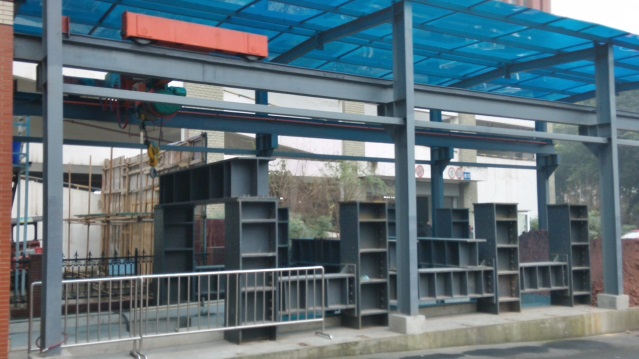
Large-scale geotechnical model test system consists of three parts: the bearing system, the test load control system and the data acquisition system. In addition to the general vertical loading function for the geotechnical tests, it can also apply vertical and horizontal load simultaneously. It can be used for the research fields of geotechnical engineering, structural engineering, underground space and mining engineering. It can perform test on foundations, retaining walls, slopes, embankment and piles, as well as the performance test of underground spatial structure such as tunnels.
3. Walk-in alternating low/high temperature & humidity test system

Changes in temperature field of soil may cause geotechnical problems, such as the roadbed disease, instability of foundation and pipeline sabotage. The Walk-in Alternating Low/high Temperature & Humidity Test System can simulate the mechanical deformation characteristics of soil under different temperature and humidity conditions. It has a strict control of the temperature and humidity which reaches the international advanced level.
4. Multi-field coupling rock triaxial test system
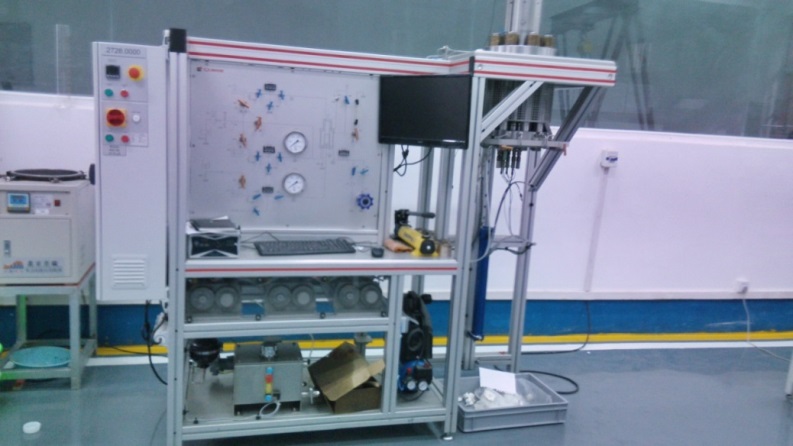
TOP INDUSTRIE French Multi-field coupling rock triaxial test system is a versatile and precise instrument. It is able to perform the Temperature - Fluid - Mechanics - Chemistry multi-field coupling chemistry test of rock and other geological materials. It can be used for the following experiments:
(1) conventional rock (concrete) mechanical testing: uniaxial compression test, drainage or undrained hydrostatic compression tests, drainage or undrained triaxial compression test;
(2) Rock Mechanics Rheological test: rheological test under hydrostatic compression, rheological test under uniaxial compression, rheological test under triaxial compression;
(3) penetration test for rock mechanics: conventional penetration test; penetration test under triaxial compression;
(4) mechanic - chemical coupling test of rock;
(5) rock mechanics test under temperature conditions;
(6) mechanics - chemical coupling test of rock under temperature conditions.
5. Small scale seismic simulation shaking table test system
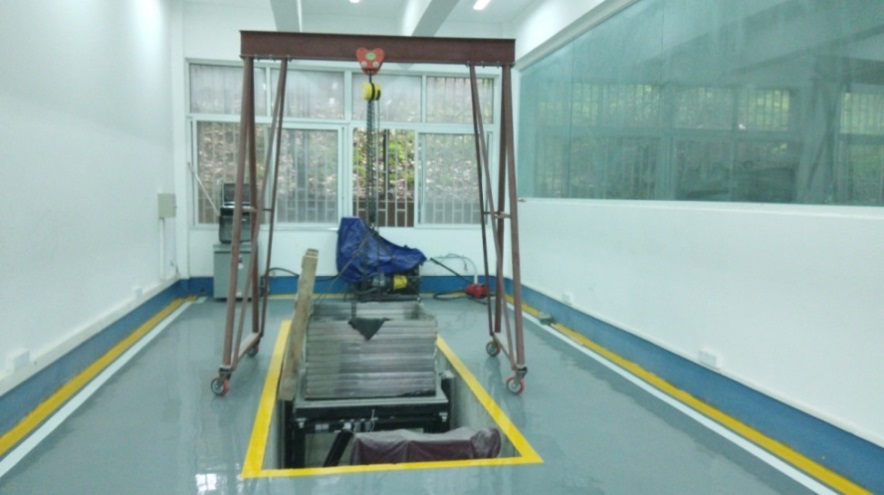
5.1. Function introduction
Small Scale Seismic Simulation Shake Table Test System has many advantages such as high precision, flexible and low-cost of the test. It is mainly designed to perform the earthquake simulation of geotechnical engineering and structural engineering, for example:
(1) soil- structure interaction test; high slope dynamic response test; vibration test of the dam model; geotechnical dynamics test;
(2) Seismic response tests of high-rise buildings, multi-storey buildings, isolated buildings, bridges and large equipment;
(3) Seismic response tests of building materials, vibration loads (periodic waves, shock waves, etc.) tests.
5.2. Technical specifications and parameters
Maximum load:1000kg
Frequency Range: 0~50Hz
Vibration direction: horizontal and vertical direction simultaneously
Loading way: Hydraulic
Maximum horizontal acceleration with the vibration in both direction simultaneously: 1.2g (with 1 ton test object), 2.0g (with 500kg test object)
Maximum vertical acceleration with the vibration in both direction simultaneously:1.2g (with 1 ton test object), 2.0g (with 500kg test object)
Maximum horizontal velocity with the vibration in both direction simultaneously: 0.5m/s (with 0.5 ton test object), this velocity can increase with lighter test object.
Maximum horizontal displacement with the vibration in both direction simultaneously: 100mm
Size of the “Stacked beam model box”: 1.0m × 1.0m × 0.6m (length × width × height), lightweight aluminum material
6. Transparent soils test system
In geotechnical engineering experiments, how to measure the internal deformation of the soil has always been an important issue. The Transparent Soils Test System uses amorphous silicon or fused silica sand to prepare a transparent soil to simulate the natural soil. So it can use the optical observation systems and digital image processing technology to observe the internal part of the soil. Then it can use these experimental results to analyze and solve the engineering problem.
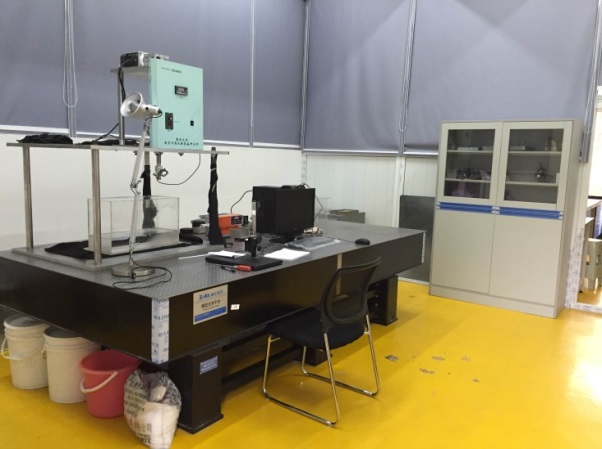
7. Microbial soil test system
Microbial grouting reinforcement technology is a new type of soil reinforcement method developed recently. By using the bacteria in the loose sand and the nutrient, the rapid precipitation of calcite gel between the sand particles and the soil's physical and mechanical properties was improved by the mineralization of microorganisms. It can be used in the reinforcement of liquefied sand, soft roadbed reinforcement, tunnel directional reinforcement and foundation pit slope protection and other fields of reinforcement.
8. Temperature controlled hollow cylinder torsional shear test system
Temperature Controlled Hollow Cylinder Torsional Shear Test System can simulate the load applied under certain temperature conditions and complex stress paths. It can apply the changing axial force and torque simultaneously. It can work stably under high frequency and can apply arbitrary waveform load. It has a strict control on stress path, and it can get more reliable data through convenient measurement.
From the application point of view, it can be used to simulate the impact of soil mechanics characteristics and seismic load on the dam considering the temperature effect. It can be used to simulate the impact of the load of dam and slope on the foundation, so as to reveal the stress-strain behavior of soil under certain temperature conditions and complex stress condition including rotation of the principal stress axis. Therefore it can be used to establish a reasonable constitutive model and failure criteria considering the changes in temperature.
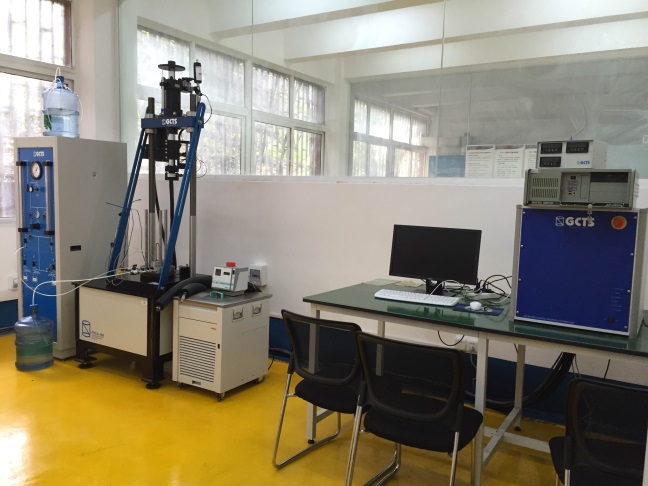
9. Large scale direct shear and compression apparatus for Coarse-grained soils
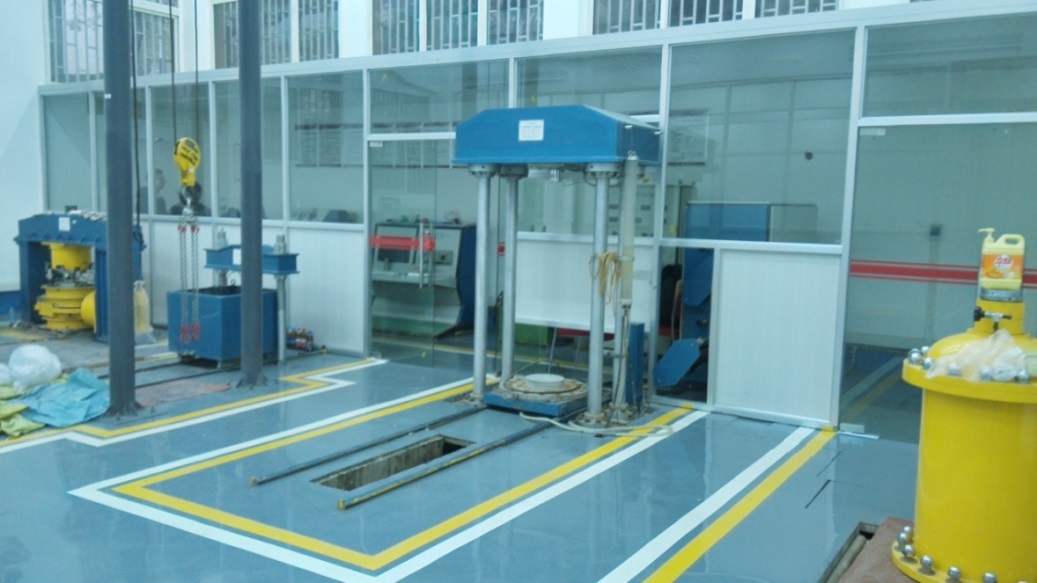
ZJ50-2G Large scale direct shear apparatus for Coarse-grained soils was developed according to the requirement of “direct shear test for coarse-grained soils”(SL237-059-1999) in the “soil test procedures” SL237-1999 published by Ministry of Water Resources of the People's Republic of china (PRC). This specialized equipment is used to study the relationship between shear strength, deformation and time of the coarse grained soil with the maximum particle size of 60 mm.
ZJ50-2G Large scale compression apparatus for Coarse-grained soils was developed according to the requirement of “consolidation test for coarse-grained soils” (SL237-58-1999) in the “soil test procedures” SL237-1999 published by Ministry of Water Resources, PRC. This specialized equipment is used to study the relationship between deformation and pressure, deformation and time of the coarse grained soil with the maximum particle size of 60 mm. So it can calculate the compressibility, compression index, rebound index, volume compressibility, compression modulus, coefficient of consolidation and preconsolidation pressure of the soil.
10. INSTRON1342+1346 Testing System
This test system can be made of various metallic materials tensile, compression, bending test and low cycle fatigue tests. It also can be used as plastic, concrete and other non-metallic materials compression test, triaxial test, computer automatic control, which is that namely speed, stress and displacement parameters are in the computer control and display and in the database automatic analysis and calculation.
